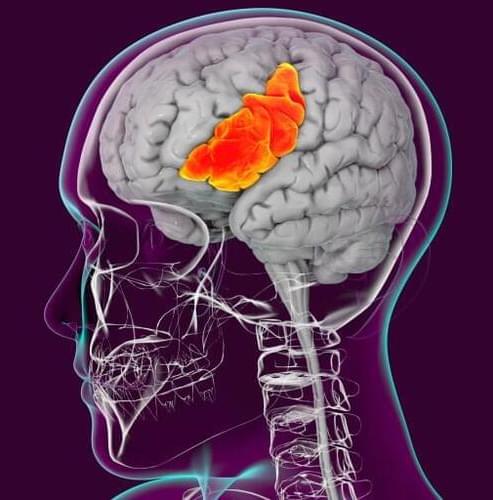The implant uses a form of AI to turn the man’s brain activity into sentences, allowing him to participate in a bilingual conversation and “switch between languages.”




A new discovery could pave the way for supercapacitors that can charge phones and laptops in 60 seconds and electric cars in a mere ten minutes.
In a press release, the University of Colorado at Boulder announced that its researchers have achieved a breakthrough when it comes to our understanding of the way charged ion particles behave — a discovery that could be the key to figuring out the logistics for the long-anticipated energy storage capabilities of supercapacitors.
Supercapacitors have long been proposed as a means of charging electronics lightning-fast, but until now, figuring out how to increase the energy density to match or exceed those of lithium-ion batteries has, for the most part, eluded scientists. Compared to conventional batteries, which can store as much as ten times more energy than today’s supercapacitors, this technology has remained in the realm of the possible but not yet practical.
Armed with up to $39 million in federal funding, a dream team of researchers from three Colorado campuses aims to end osteoarthritis.
A clip of Daniel Dennett discussing consciousness and what he famously calls the Cartesian Theater. This comes from a 2015 documentary on Dennett.
#Philosophy #Dennett #Consciousness
“For the Love of Sophia!” philosophy podcast available on Spotify, Apple Podcasts, and Soundcloud. Today, we’ll be discussing Daniel Dennett’s “Explaining the…


The true nature of time has eluded physicists for centuries, but a new theoretical model suggests it may only exist due to entanglement between quantum objects.
Maj. Gen. Dr. Paul Friedrichs, MD is the Inaugural Director of the Office of Pandemic Preparedness and Response Policy, at the White House (OPPR — https://www.whitehouse.gov/oppr/), a permanent executive office aimed at leading, coordinating, and implementing actions to prepare for and respond to pathogens that could lead to a pandemic or significant public health-related disruptions in the U.S., and principal advisor on pandemic preparedness and response, appointed by President Biden.
Dr. Friedrichs was previously the Joint Staff Surgeon at the Pentagon where he provided medical advice to the Chairman of the Joint Chiefs of Staff, the Joint Staff and the Combatant Commanders, coordinating all issues related to health services, including operational medicine, force health protection and readiness among the combatant commands, the Office of the Secretary of Defense and the services. He also led the development and publication of the initial Joint Medical Estimate and served as medical advisor to the Department of Defense COVID-19 Task Force.
Dr. Friedrichs received his commission through the Reserve Officer Training Corps and his Doctor of Medicine (M.D.) from the Uniformed Services University. He has commanded at the squadron and group level, served as an Assistant Professor of Surgery and led joint and interagency teams which earned numerous awards, including “Best Air Force Hospital.” As Chair of the Military Health System’s Joint Task Force on High Reliability Organizations, he oversaw developing a roadmap to continuously improve military health care. As the Command Surgeon for Pacific Air Forces, U.S. Transportation Command and Air Combat Command, the general and his teams identified gaps, developed mitigation plans and enhanced readiness for future conflicts and contingencies.
